Cobweb Houseleek Care – Growing Cobweb Hens And Chicks
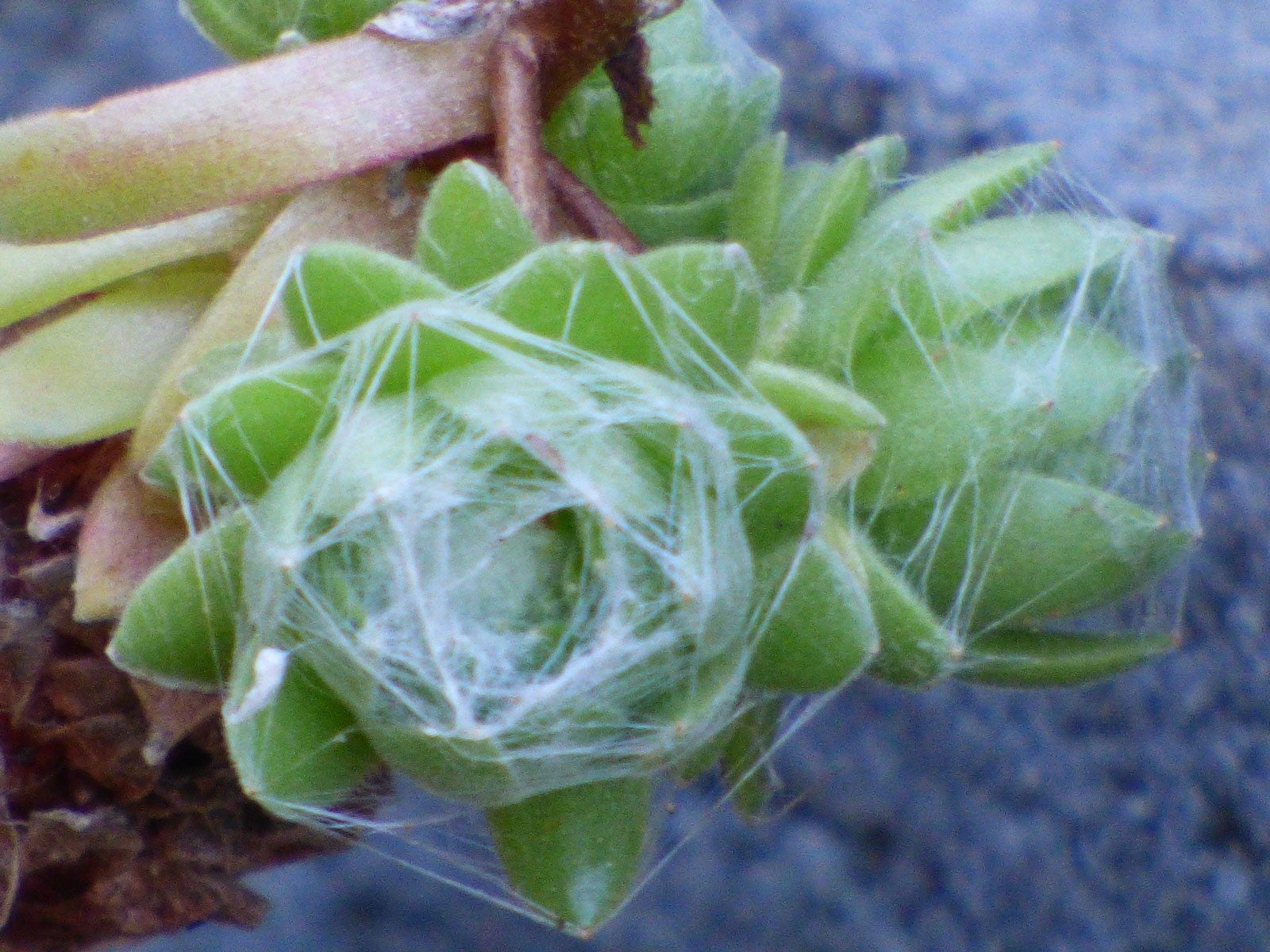

The cobweb succulent is a member of the hen and chick’s clan, growing outdoors year-round in most parts of the U.S. and other cold areas. These are monocarpic plants, meaning they die after flowering. Generally, many offsets are produced before flowering occurs. Continue reading to learn more about this interesting hens and chicks plant.
What is a Cobweb Houseleek?
A favorite outdoor plant, cobweb hens and chicks may already be growing in your garden or container. This interesting plant is covered with a cobweb-like substance, making it much sought after by many growers.
Scientifically named Sempervivum arachnoideum, this is a low-growing rosette covered with the web. Webs stretch from leaf tip to tip and mass in the middle. Leaves of this plant may be tinted red or remain green, but the center is covered with the webby substance. Rosettes are 3-5 inches (7.5 to 12.5 cm.) wide in maturity. If given enough growing room, it will put out babies to form a tight mat, growing quickly to fill a container.
With a fibrous root system, it clings and grows with little encouragement. Use it for a wall, rock garden, or any area where a clinging and spreading rosette has room to grow.
Cobweb Houseleek Care
Although drought-tolerant, this plant does better with regular watering. As with most succulents, allow them to dry out well between watering. Plant in a fast-draining, amended succulent soil to avoid too much water on the roots.
The cobweb succulent grows great as a groundcover plant in a sunny area. Given the space and time, it will naturalize and cover an area. Combine the spreading plant with ground-cover sedums and other sempervivums for an outdoor succulent bed to last year-round.
This plant rarely blooms in cultivation, especially indoors, so you can expect them to be around for a while. If it does set bloom, it will be in mid to late summer with red flowers. Remove the dead plant from among the offsets once flowering has ceased.
Gardening tips, videos, info and more delivered right to your inbox!
Sign up for the Gardening Know How newsletter today and receive a free copy of our e-book "How to Grow Delicious Tomatoes".

Becca Badgett was a regular contributor to Gardening Know How for ten years. Co-author of the book How to Grow an EMERGENCY Garden, Becca specializes in succulent and cactus gardening.
-
 Get Ready For A Summer Of Hummers! Grow These Full Sun Hummingbird Plants and Flowers
Get Ready For A Summer Of Hummers! Grow These Full Sun Hummingbird Plants and FlowersIf you’re lucky enough to enjoy a sunny backyard, make sure you are maxing out on your pollinator opportunities and grow these full sun hummingbird plants and flowers
By Tonya Barnett
-
 12 Lush Alternatives To A Lawn For Sustainable Spaces
12 Lush Alternatives To A Lawn For Sustainable SpacesAlternatives to a lawn are beautiful and also beneficial to your local ecosystem and its pollinators. Explore our top picks for plants to replace grass.
By Tonya Barnett
-
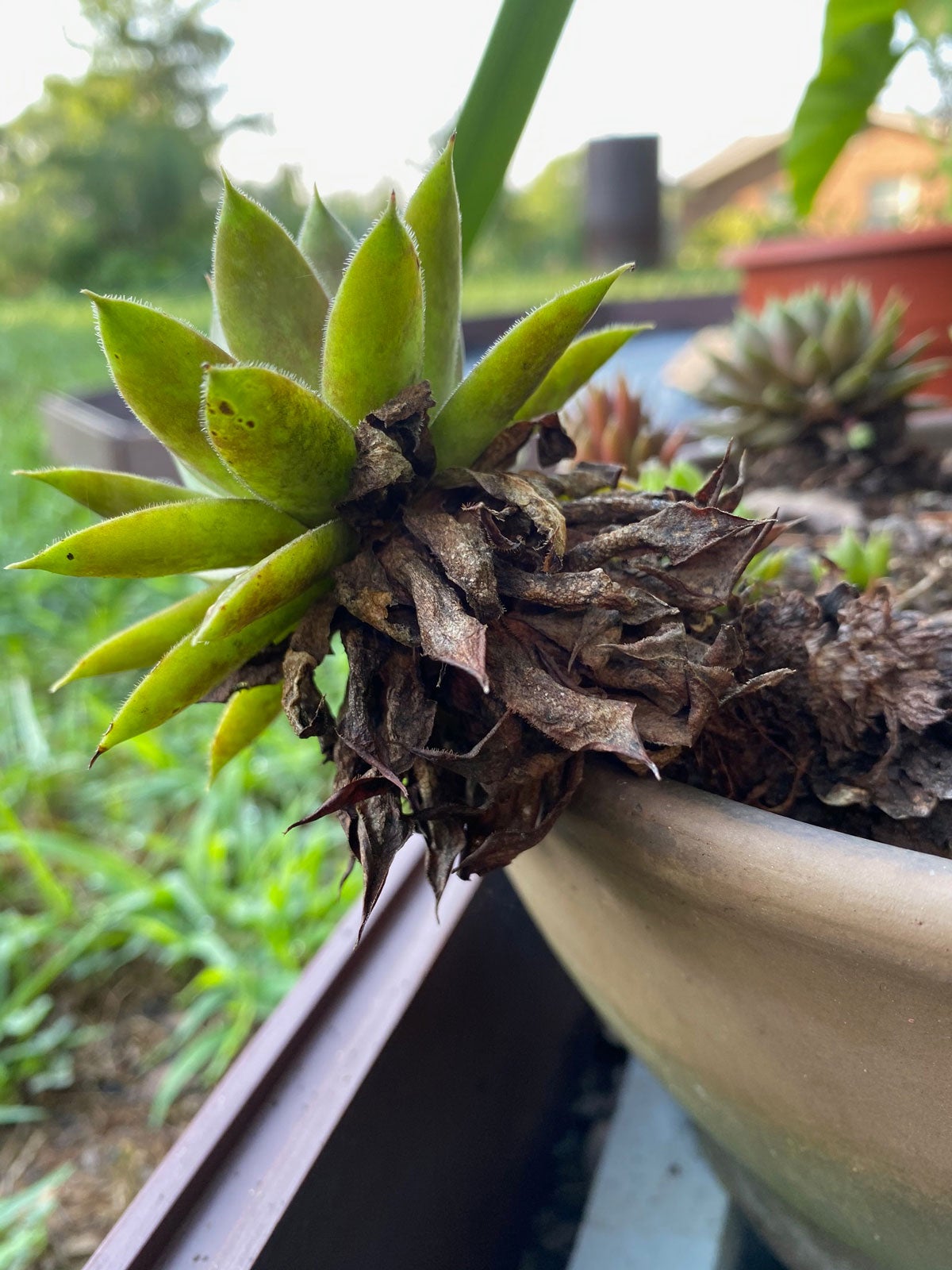 Sempervivum Is Dying: Fixing Drying Leaves On Hens And Chicks
Sempervivum Is Dying: Fixing Drying Leaves On Hens And ChicksIf you’re growing hens and chicks plants, you may be wondering what causes them to die. Click here to find out and learn what to do.
By Becca Badgett
-
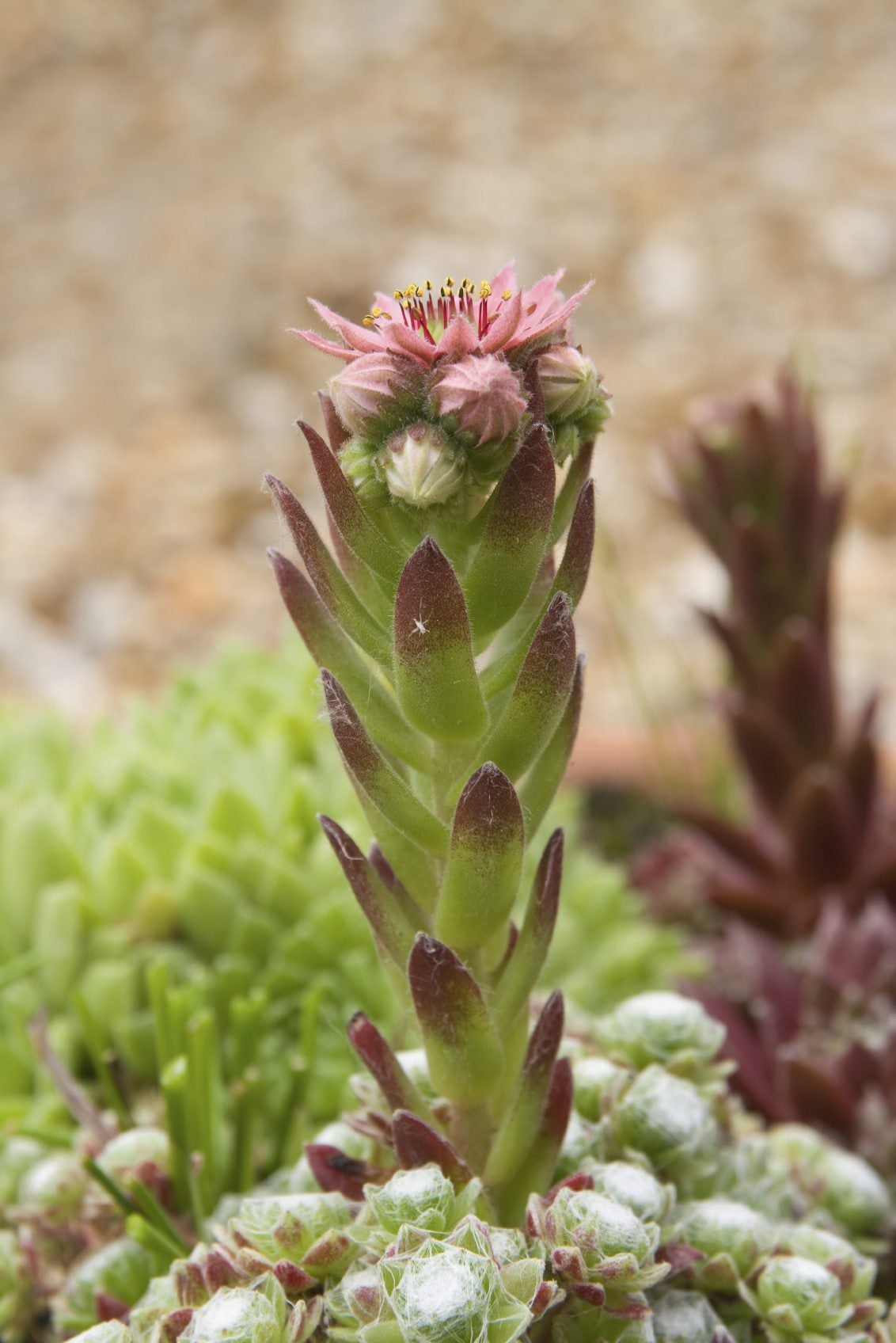 Hens and Chicks Flowers: Do Hens And Chicks Plants Bloom
Hens and Chicks Flowers: Do Hens And Chicks Plants BloomHens and chicks have old-time charm and unbeatable hardiness. These little succulents are known for their sweet rosette form and numerous offsets or "chicks." But do hens and chicks plants bloom? Find the answer in this article.
By Bonnie L. Grant
-
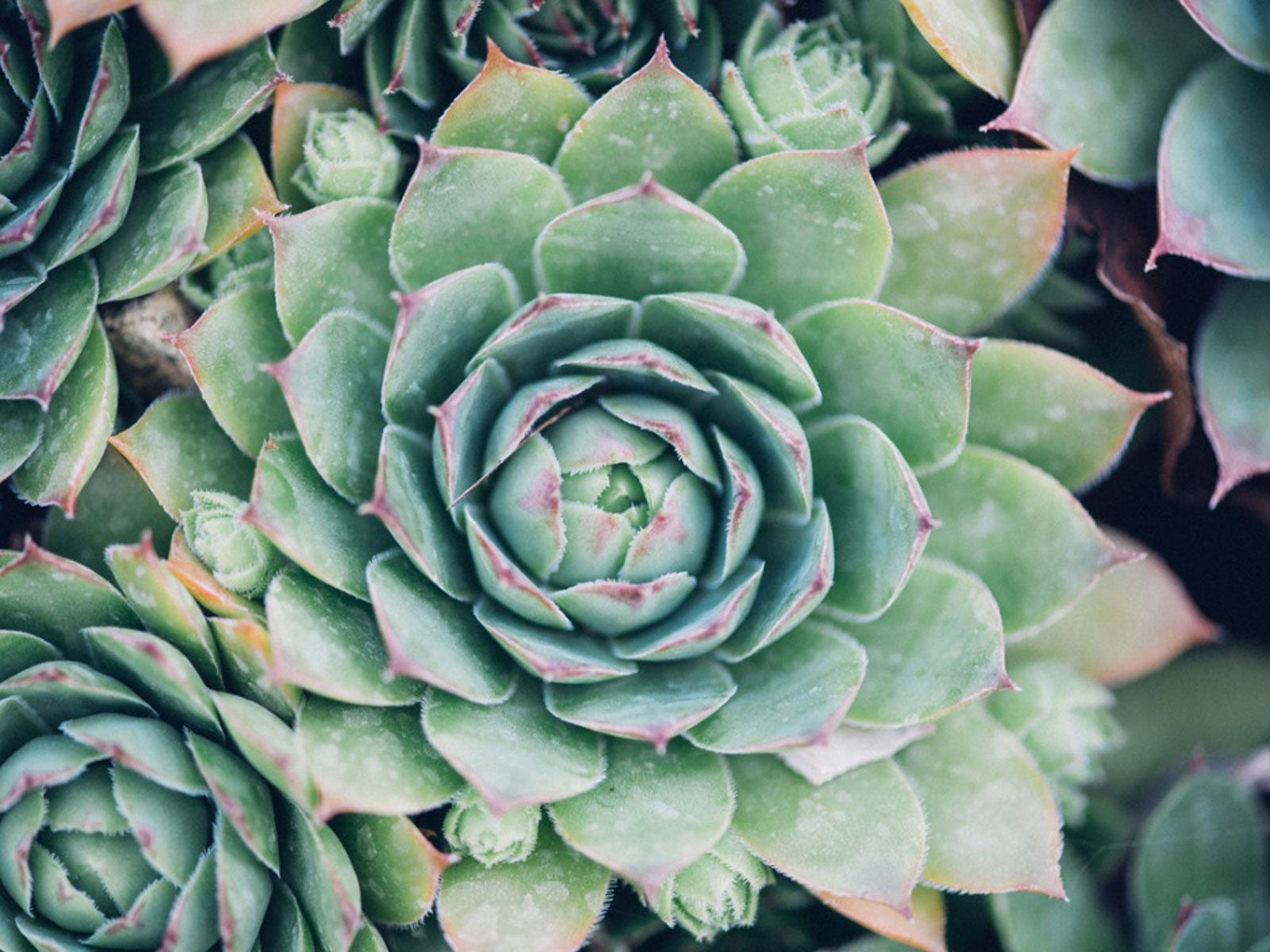 Sempervivum Growing Conditions – Learn How To Grow Sempervivum Plants
Sempervivum Growing Conditions – Learn How To Grow Sempervivum PlantsSempervivum care and maintenance are almost task free and their lovely rosettes and hardy nature are stand outs among the garden. Read this article to get some sempervivum information and learn how to grow and care for these amazing plants.
By Bonnie L. Grant
-
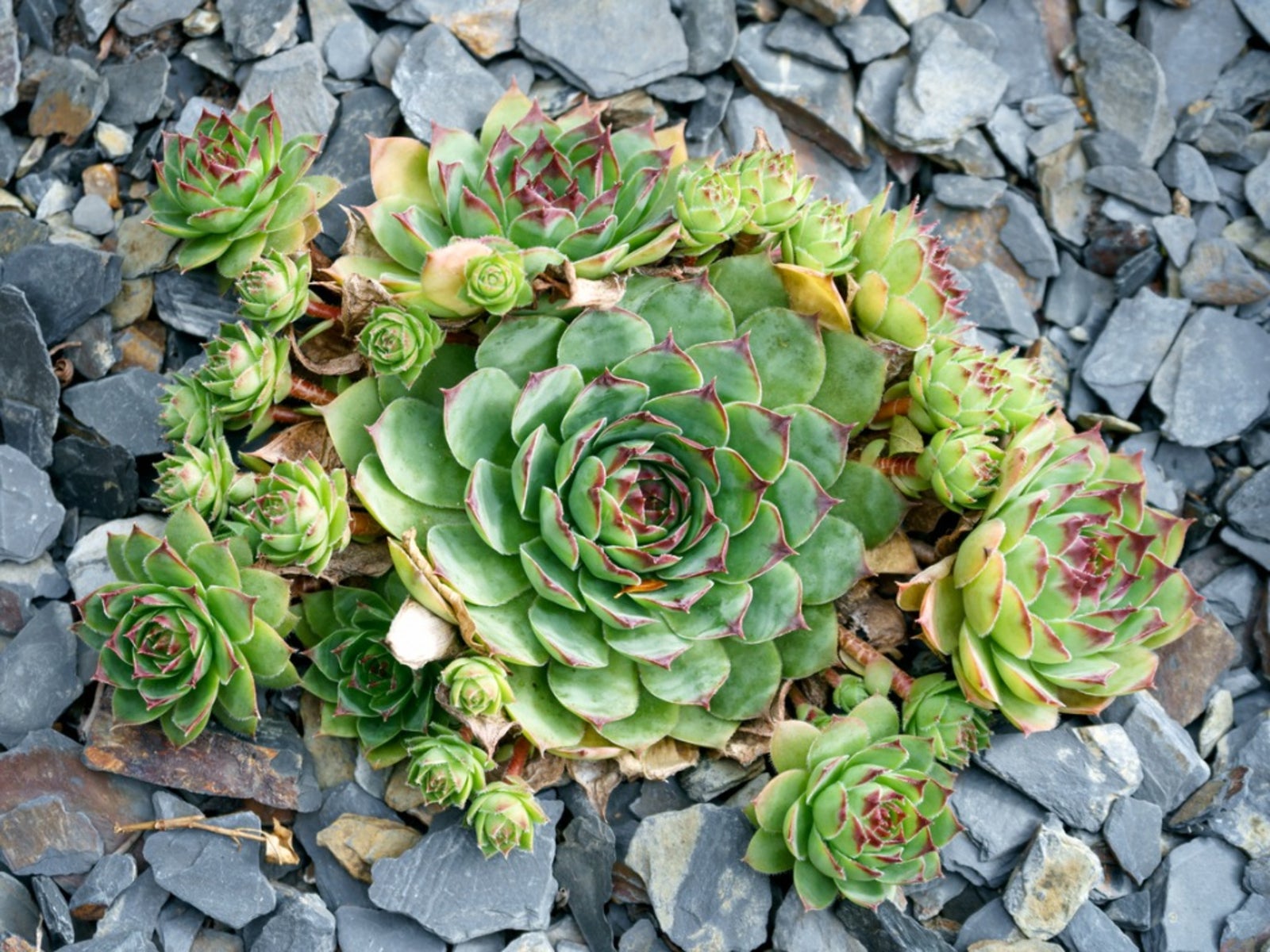 Growing Hens And Chicks - Using Hens And Chicks In Your Garden
Growing Hens And Chicks - Using Hens And Chicks In Your GardenHens and chicks are members of the Sempervivum group of succulent plants. They are commonly called houseleeks and grow well indoors and out. Read here for tips on growing hens and chicks.
By Bonnie L. Grant